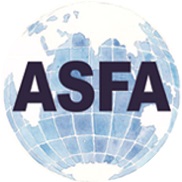Elements en vue d'un aménagement des pêcheries du golfe de Gabes
DOI:
https://doi.org/10.71754/instm.bulletin.v19.987Keywords:
Marine fisheries, Fishery management, Cephalopod fisheries, Stock assessment, Shrimp fisheries, Fish, Exploitation, Fishery biology, Marine, MED, Tunisia, Gabes GulfAbstract
On the basis of three criteria pertaining to the major fishing species in the Gulf of Gabes i.e. biological parameters, evolution of yield, and the results of experimental trawling, two groups of species are derived: -the first consisting of species which grow slowly and live longer. The catch in the category contains essentially very young fish and therefore are witnessing a tendancy to net decrease and that despite a significant increase in the means of fishing. -the second consisting of cuttlefish and shrimp which grow rapidly and live shorter. The catch in this category is composed of mature species and therefore despite important annuel flucturations especially for shrimps are not offering a clear tendancy to a decrease in the size of population. This suggest that the level of exploitation in this category does not rise concern as for the species of fish. However, fishing directed to shrimps especially in autumn lead to a large catches of juvenile fish species: 20 kg/h of trawling against 8 kg/h in summer. Therefore, the organization of fishing should be directed to lessen the pressure on the fish stocks.












